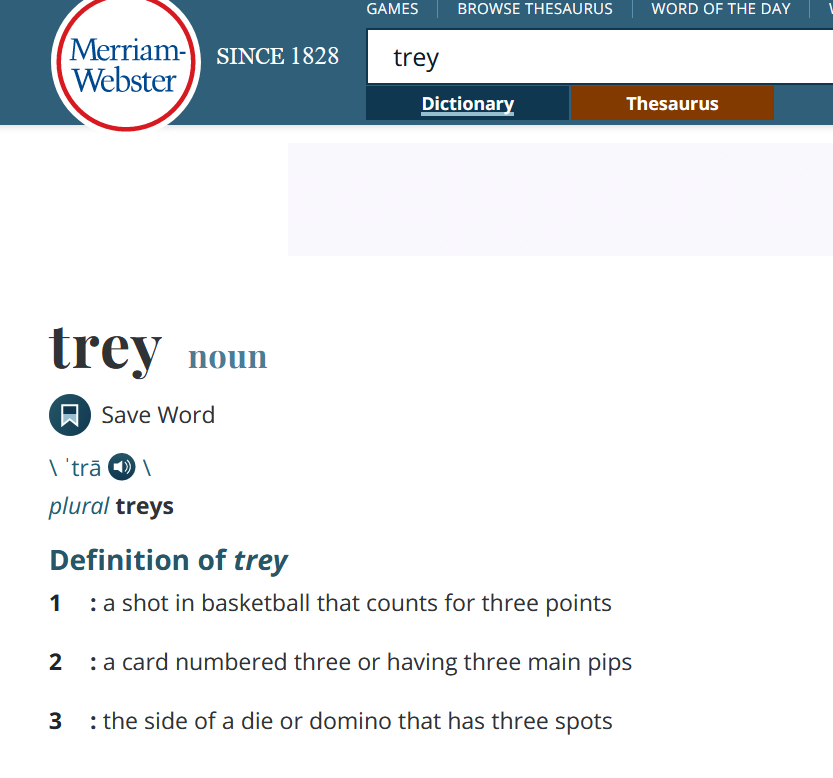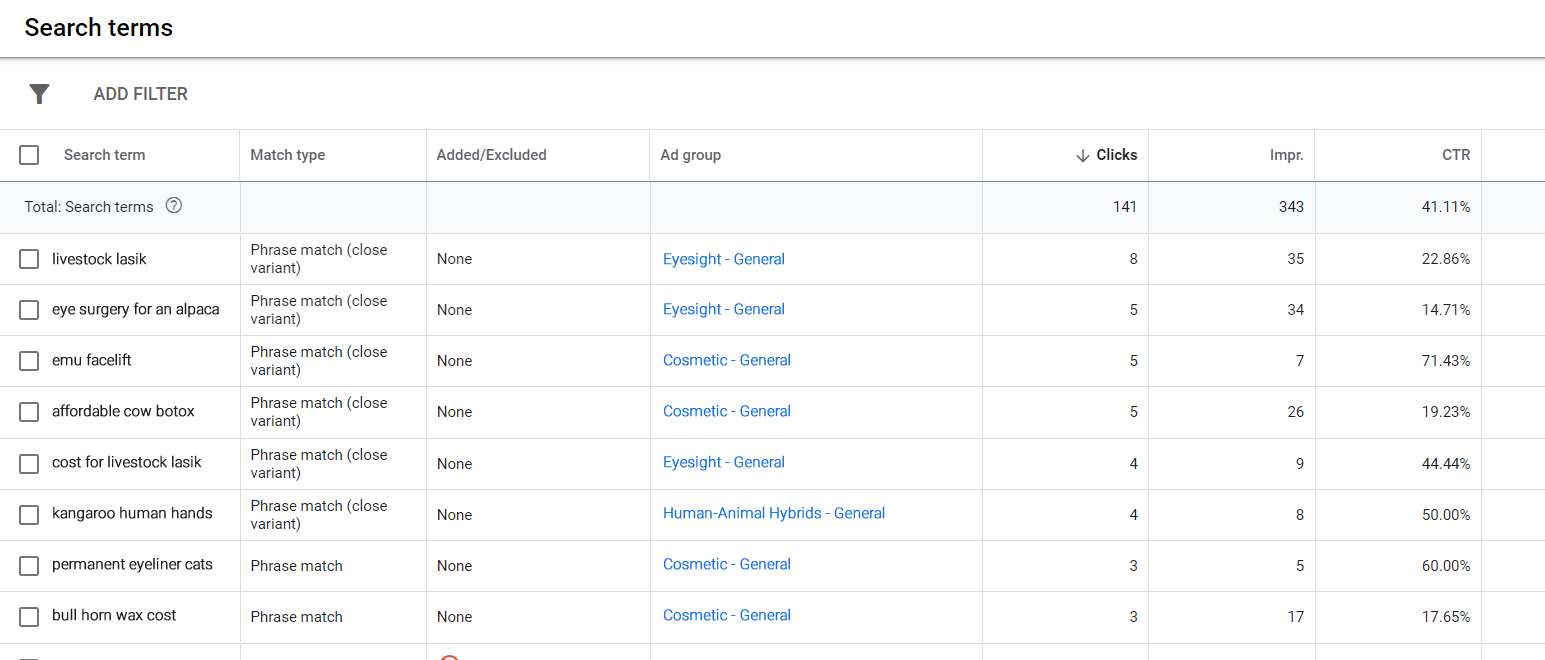
Hello again!
Sports analogies are still my lazy brain’s way to kick off a piece or to reinforce a point. Why stop now? I’m on a hot streak. Put me in, coach.
Ever hear of a rookie major-league pitcher doing well the first time through the league, but once professional hitters have caught onto his “stuff,” and what initially fooled them no longer does, because they’re professionals that have adjusted? The pitcher’s stats may revert to mediocre numbers… unless said pitcher adjusts and improves.
PPC, in the early going at least, is the opposite. “The first time through” is when many of the headaches and glitches are likely to hit. You cannot afford to let these small fires turn into raging infernos, or you’ll be out of a job or gig before you’ve had a chance to apologize profusely.
Another three-pointer in the sports analogy department! Sinks the trey! You’re welcome. Wait, what? It hit the rim and bounced around and a teammate had to come in to finish the play? OK, but nonetheless. We’re ahead in the game. Read on.

Figure 1: Trey is a three-pointer in basketball, says the DICTIONARY.
Here are a few things that can blow up on you in the first few weeks of launching a new PPC account build (even a modest one). Arguably, these things happen more intensely in the early going because no one – certainly not brilliant you – has been spending months or years honing and tuning the account to work as it’s supposed to.
1. Spend spikes due to how the Daily Budget setting works. It’s perhaps not common knowledge that Google’s rules around daily budget caps are a monumental pain for advertisers, and constitute a significant risk day-to-day. They promise only that your monthly spend won’t exceed 30 times the daily budget cap.
2. Quality Score growing pains. Ad relevance, CTR, landing page experiences – the Google Ads auction is very sensitive to signs that you suck. If you aren’t careful to not suck, Google is more than happy to continue showing incumbent advertisers’ ads and throttling back your impression share until you show signs of improvement. Keyword relevance, good landing page choices, compliance with policies, you name it: be meticulous with everything you can to start.It may be a good idea to start with Responsive Search Ads (RSA’s) as your ad format of choice to start (that’s the default, anyway – it’s hard to miss), assuming you can squeeze enough intelligent creative out of your brain this soon. Baby this thing along and make compromises if you need to in the first month, all in the pursuit of the Quality Score holy grail. You can tinker and experiment more with established accounts. Oh, and of course, eventually revert to focusing more on your ROI as opposed to the other things Google seems to care about. Achieving a balance of profitability and user experience nirvana is a delicate matter.
3. Unexpected keyword expansions that lead to an explosion of unproductive or irrelevant queries. Typically, the main problem with unproductive queries is that they perform poorly. You become more efficient if you use negative keywords so your ads no longer show against them. That’s certainly the case with new and more established accounts alike. It takes on considerable urgency in a newer initiative, though, because you may have started out with a modest daily budget. If the lion’s share of that daily budget is being eaten up by wildly popular but suboptimal queries, you’ll run through the budget every day without seeing any results or feedback from the core, highest-performing query inventory you seek. Nip this problem in the bud early, even if you’re finding yourself negativing out marginal keywords that might perform OK down the road. You can come back to them later.

Figure 2: You run a chiropractic practice. Queries for barnyard Botox keep slipping through. That can’t be good for business.
4. Analogously, placements in the GDN and related Display inventory (even if just Remarketing) that get skewed towards everything but the normal core inventory you seek. Hint: negative out every single app category so you can actually show your ads in GDN instead of eating up all your budget with unwanted clicks from mobile apps.
5. Policy issues and violations (especially root-level red flags that Google might identify, such as not being convinced the business is really the business, that it’s doing business legally, etc.) that can get a Merchant Center or a whole account banned. Due to a lack of track record (or what Google calls “signals”), you might be more at risk of this with new account builds. This is particularly a problem with brand new websites, and to compound the difficulty of gaining early traction, such websites won’t be basking in organic search traffic for some time to come.
6. Limp creative. It’s common as an account manager to want to flesh out the basic structure of an account as expeditiously as possible. As such, one tends to sketch out “placeholder” ad copy just to get launched. It’s all too easy to leave that file aside for weeks (and if the account changes hands, maybe months!), coming to accept the existing copy as “the ads,” and perhaps forgetting that they were barely thought out. New rounds of creative, collaborative brainstorming are called for within a week or two of a soft launch. Otherwise, not only won’t you have installed a testing regimen, you might not even be faithfully communicating core business or product information.
7. Tracking issues. Conversion tracking has many nuances. Tracking code must be installed correctly, you need to debate and decide which conversion actions to prioritize and count, and most of all, you shouldn’t be unwittingly double- or triple-counting conversions. (In some cases, some conversion events are set to a very low bar, such as a certain page view that happens 40-60% of the time, thus rendering conversion data unusable and Smart Bidding unhelpful.)
8. “Wrong” landing pages, no one leading/planning a strategy to properly collect leads, etc. Here’s a tip about how to figure out what landing pages are best (or how to design or architect pages and whole websites) to send users to from your Google Ads campaigns. Don’t be too adamant. Look at the issues from different sides. For example, one might have overheard that the home page is the worst page to send users to, but we do know we want to collect qualified leads. So after a few adamant people have a meeting to think about this issue (without the benefit of much data or any Conversion Science experts), a decision is made that at least if we are *paying* for traffic, we must take prospects straight to a contact form. But, whoa! The contact form page has far too little information on it to inform or introduce visitors to your value proposition! It’s too abrupt. And so all that paid traffic bounces. If a losing landing page strategy is cemented in the first couple of weeks after launch, imagine how much time and money will be wasted doggedly building a lot of additional effort and head-scratching around everything but this core issue? Go easy on the cementing. Be thoughtful and willing to tinker.
9. Problems with feed health in Google Merchant Center, threatening to derail Shopping performance or even leading to disapprovals/suspension. Go into Merchant Center and see if there are specific warnings about the accuracy and completeness of various fields in the feed file.
10. Wrong skin, no control. Number ten will confront you (unwittingly, in many cases) at the very outset. Most new accounts launch with a “training wheels type” account named Aren’t You Smart, or something along those lines. Here, you must set up only skeleton campaigns and get them paused as soon as you can (set a very low budget cap too – whatever it takes). The next day, when your mind is fresh, go hunting for Expert Mode. Only in Expert Mode can you have access to full reporting, and the whole gamut of Google Ads targeting features.
These are all potential threats at any stage of an account’s life, but they can be downright disheartening early on. And if one isn’t aware of how to proactively address them (including looking under the hood in places many account managers don’t know exist), they can lead to “mysteriously” sucking from an ROI standpoint, without any resources to figure out how to get better. We’ve seen such underperformance drift for months and years. Advertisers can ill afford to lose time any more than they can afford the wasted budget.
If modern science tells us that the first few weeks (and even hours) of human life are very precarious (and it does, of course – contemporary life expectancy is in large part greater today because of all the deaths we prevent in newborns), then it shouldn’t be considered unscientific at all to expect a welter of problems and missteps to hobble a new PPC account build. This is why so few accounts properly lift off. This is why Google Ads and related paid acquisition efforts are best undertaken by professionals.
Dr. AdWords, out. See you next week.
Read Part 42: What to Expect as Google Collapses Bidding Strategies